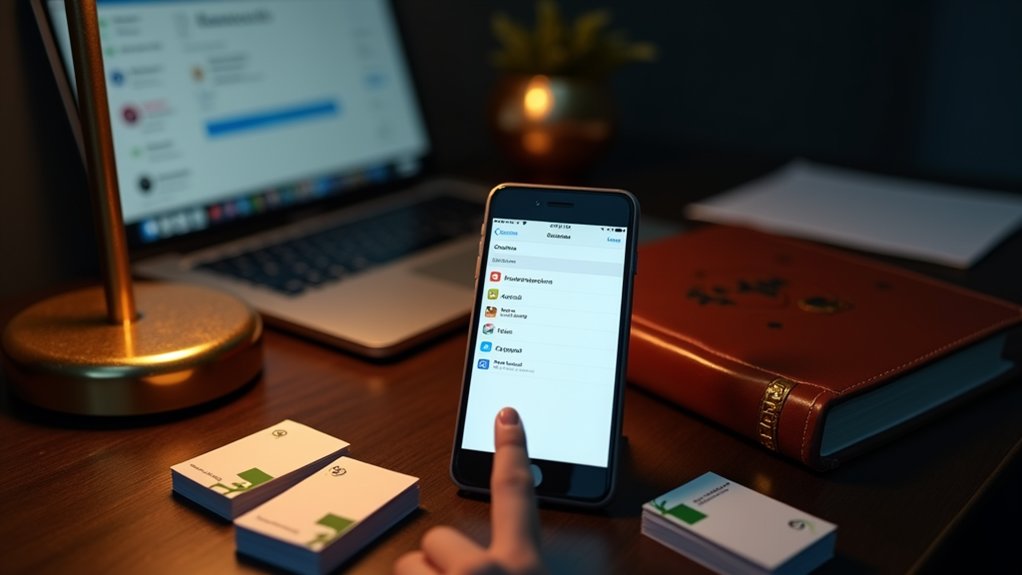Professional alternatives to "at your earliest convenience" include both formal and casual options suitable for various business contexts. Common substitutes range from the direct "as soon as possible (ASAP)" to the more considerate "when time permits." Other effective choices include "at your first opportunity," "when you get a chance," "at your discretion," "in due course," and "when possible." These alternatives help communicate different levels of urgency while maintaining workplace etiquette. Understanding the nuances of each phrase enables more effective and targeted communication.
Is It Professional to Use 'At Your Earliest Convenience'?
The phrase "at your earliest convenience" is widely considered a professional and polite way to request action or response in business communications. It demonstrates respect for the recipient's time while still conveying a sense of urgency. The expression maintains a courteous tone without being overly demanding or presumptuous.
Business etiquette experts note that this phrase strikes an appropriate balance between assertiveness and consideration. It acknowledges that the recipient has other priorities while indicating that a response is needed. However, some modern communication specialists suggest that more direct alternatives might be preferable when specific timeframes are essential. In formal business settings, particularly in written correspondence, "at your earliest convenience" remains an acceptable and professional choice that upholds traditional business communication standards.
Why You Might Use a Different Word To 'At Your Earliest Convenience'
While "at your earliest convenience" maintains professional courtesy, several compelling reasons exist for choosing alternative expressions in business communications. The phrase can sometimes be perceived as passive or lacking urgency, potentially delaying important responses or actions. Additionally, its frequent use in professional settings has made it somewhat cliché, potentially diminishing its impact and sincerity. Modern business communication trends favor more direct and specific language that clearly conveys timeline expectations and urgency levels. Moreover, using alternative expressions can help differentiate your message from routine correspondence, ensuring it receives appropriate attention. The phrase's length also makes it less suitable for contexts where brevity is valued, such as mobile communications or quick email exchanges.
10 Synonyms for 'At Your Earliest Convenience'
1. As Soon As Possible (ASAP)
A direct and widely recognized request for prompt action. It conveys urgency while remaining professional and is particularly effective in business communications. ASAP is understood across industries and cultures, making it versatile for both formal and informal situations. This phrase clearly communicates that time is of the essence without being demanding.
Example use:
"Please send the revised contract ASAP."
"The client needs these figures ASAP for their board meeting."
"We need to address these technical issues ASAP before they affect our operations."
2. At Your First Opportunity
A polite and less pressuring alternative that gives the recipient autonomy in prioritizing the task. This phrase acknowledges that the person may have other commitments while still indicating the matter needs attention. It's particularly suitable for communicating with superiors or clients where maintaining professional courtesy is essential.
Example use:
"Please review these documents at your first opportunity."
"I'd appreciate your feedback at your first opportunity."
"Kindly sign and return the forms at your first opportunity."
3. When Time Permits
A gentle and considerate phrase that shows respect for the recipient's schedule. It's ideal for non-urgent requests and demonstrates understanding that the person may have competing priorities. This phrase works well in collaborative environments where maintaining good relationships is important.
Example use:
"Please take a look at the proposal when time permits."
"Could you review these specifications when time permits?"
"Let's discuss the project timeline when time permits."
4. At Your Soonest Convenience
A formal alternative that balances urgency with politeness. It's particularly useful in professional emails and business correspondence where maintaining decorum is essential. This phrase suggests priority while acknowledging the recipient's schedule.
Example use:
"Please schedule a meeting at your soonest convenience."
"Kindly respond to this inquiry at your soonest convenience."
"We look forward to your input at your soonest convenience."
5. When You Get a Chance
A casual and friendly way to make a request without pressure. This phrase is perfect for internal communication with colleagues and in situations where maintaining a relaxed tone is appropriate. It suggests the matter isn't urgent while still requesting attention.
Example use:
"Could you look over these numbers when you get a chance?"
"Let's catch up when you get a chance."
"Please update the spreadsheet when you get a chance."
6. At Your Discretion
A professional phrase that gives complete control to the recipient regarding timing. It's particularly useful when you want to show trust in the other person's judgment and time management. This phrase works well in situations where you're confident in the recipient's ability to prioritize appropriately.
Example use:
"Please proceed with the implementation at your discretion."
"Review these changes at your discretion."
"Schedule the team meeting at your discretion."
7. In Due Course
A formal phrase indicating that the matter can be addressed within a reasonable timeframe. It's particularly suitable for long-term projects or situations where immediate action isn't required. This phrase conveys patience while maintaining the expectation of eventual completion.
Example use:
"We look forward to receiving your response in due course."
"Please provide the requested documentation in due course."
"The committee will review your application in due course."
8. When Possible
A straightforward and neutral phrase that communicates flexibility. It's ideal for situations where you want to make a request without adding pressure or suggesting urgency. This phrase works well in both professional and casual contexts.
Example use:
"Please update me on the project status when possible."
"Let's arrange a meeting when possible."
"Send the reports when possible."
9. At Your Early Convenience
A slightly more urgent variation that suggests priority while maintaining politeness. It's particularly useful when you need something done relatively soon but want to avoid appearing demanding. This phrase strikes a balance between urgency and respect.
Example use:
"Please review the proposal at your early convenience."
"We need your signature at your early convenience."
"Kindly respond to this request at your early convenience."
10. When You're Available
A considerate phrase that acknowledges the recipient's busy schedule. It's particularly effective in collaborative environments and when making requests of colleagues. This phrase shows respect for others' time while still indicating that their input or action is needed.
Example use:
"Let's discuss the project when you're available."
"Please review these documents when you're available."
"We can schedule the meeting when you're available."
Final Thoughts
Professional communication requires careful consideration of both message urgency and recipient respect, making the choice of time-sensitive phrases particularly important in business correspondence. Understanding various alternatives to "at your earliest convenience" enables professionals to communicate their needs effectively while maintaining appropriate levels of courtesy and urgency.
When selecting a time-sensitive phrase, consider the relationship with the recipient, the actual urgency of the request, and the organizational culture. The chosen expression should align with these factors to guarantee clear communication without causing undue pressure or appearing too casual. While some situations may warrant more direct language, others benefit from softer approaches that preserve professional relationships. Mastering these alternatives enhances communication efficiency and helps maintain productive business relationships across various contexts.
Frequently Asked Questions
Is "At Your Earliest Convenience" Considered Too Passive in Business Communication?
The phrase "at your earliest convenience" can be perceived as overly passive in business settings, potentially diminishing urgency and reducing response rates compared to more direct time-based requests.
How Do Cultural Differences Affect the Interpretation of "At Your Earliest Convenience"?
Cultural interpretations vary greatly. Western cultures may view it as polite but non-urgent, while Asian cultures might interpret it as more pressing due to social hierarchies and business etiquette norms.
Should "At Your Earliest Convenience" Be Avoided in Urgent Situations?
"At your earliest convenience" should be avoided for urgent matters as it implies flexibility in timing. Direct phrases like "urgent," "immediately," or specific deadlines communicate time-sensitive requests more effectively.
What Tone Does "At Your Earliest Convenience" Convey to the Recipient?
"At your earliest convenience" conveys a polite and non-demanding tone, allowing recipients to act on their own timeline while maintaining professional courtesy. It suggests flexibility rather than urgency.
When Did "At Your Earliest Convenience" Become Common in Professional Correspondence?
The phrase "at your earliest convenience" emerged during the late Victorian era, becoming widespread in business correspondence by the early 1900s as formal letter-writing conventions developed in professional settings.




